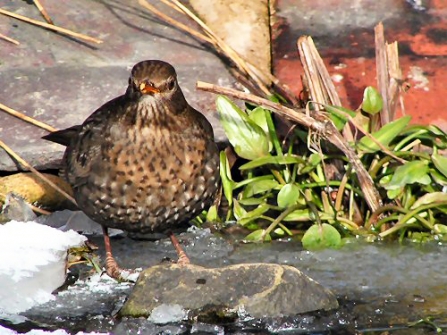Visiting birds are paying close attention to garden hedges at this time of year ... and we should celebrate them, too! They extend all over the country as a network of natural highways, allowing creatures to move in shelter along their length whilst also offering vital food supplies such as berries, nuts and seeds and perhaps a few insects if active.
Winter is also the best time of year to use bare-rooted plants to plant your own hedge. Young hazel, hawthorn, blackthorn, dwarf maple and beech can form a strong backbone, supplemented by occasional holly, elder or guelder rose to fill any gaps. This variety of species creates a much better habitat than a rapidly growing hedge of Leylandii or laurel ... remember, slow and steady wins the race for wildlife!
This Christmastide, you might also want to bring a few sprigs of hedgerow holly into the house to celebrate winter’s natural wonders; use a few hazel twigs to form a star shape to hang from a cord between your curtains; or take a walk to your local forest. The pine you collect looks and smells wonderful when simply arranged in a bowl on the table, or can be bound into a beautiful garland above the fire.

